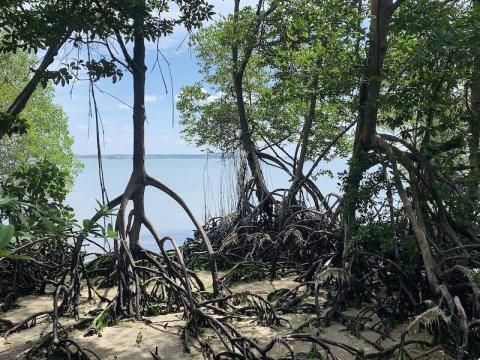Study shows how El Niño and La Niña climate swings threaten mangroves worldwide
A new international study led by researchers at Tulane University shows that the El Niño and La Niña climate patterns affect nearly half of the world's mangrove forests, underscoring the vulnerability of these vital coastal ecosystems to climatic shifts. Mangroves are shrubs or trees that grow in dense thickets mainly in coastal saline or brackish water.
The research, published in Nature Geoscience, is based on nearly two decades of satellite data from 2001 to 2020 and is the first study to demonstrate global-scale patterns in how El Niño-Southern Oscillation (ENSO) influences mangrove growth and degradation.
Previously, impacts had only been documented at individual sites, such as a dramatic die-off in northern Australia in 2015 when more than 40 million mangrove trees perished along a 1,200-mile stretch of coastline.

